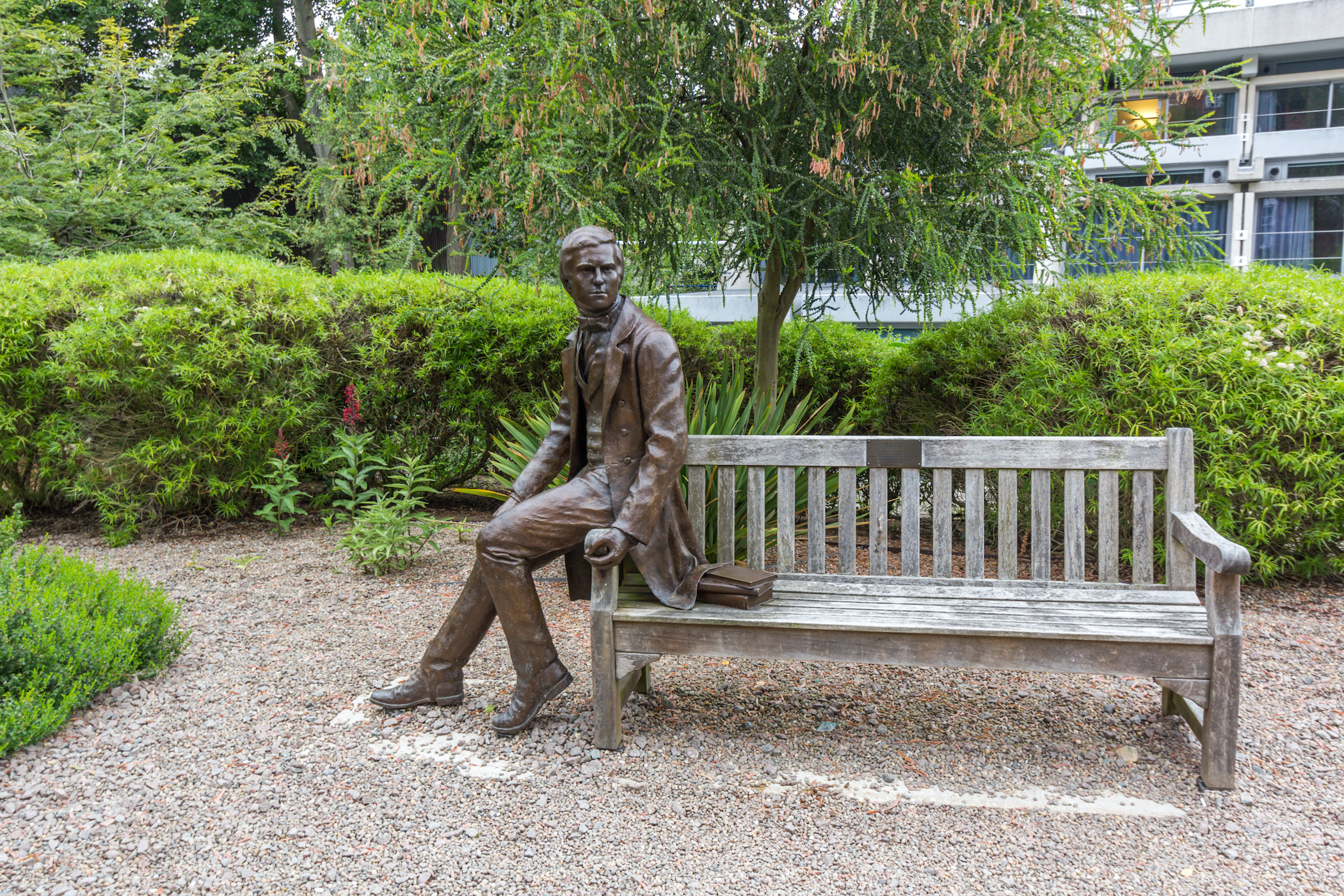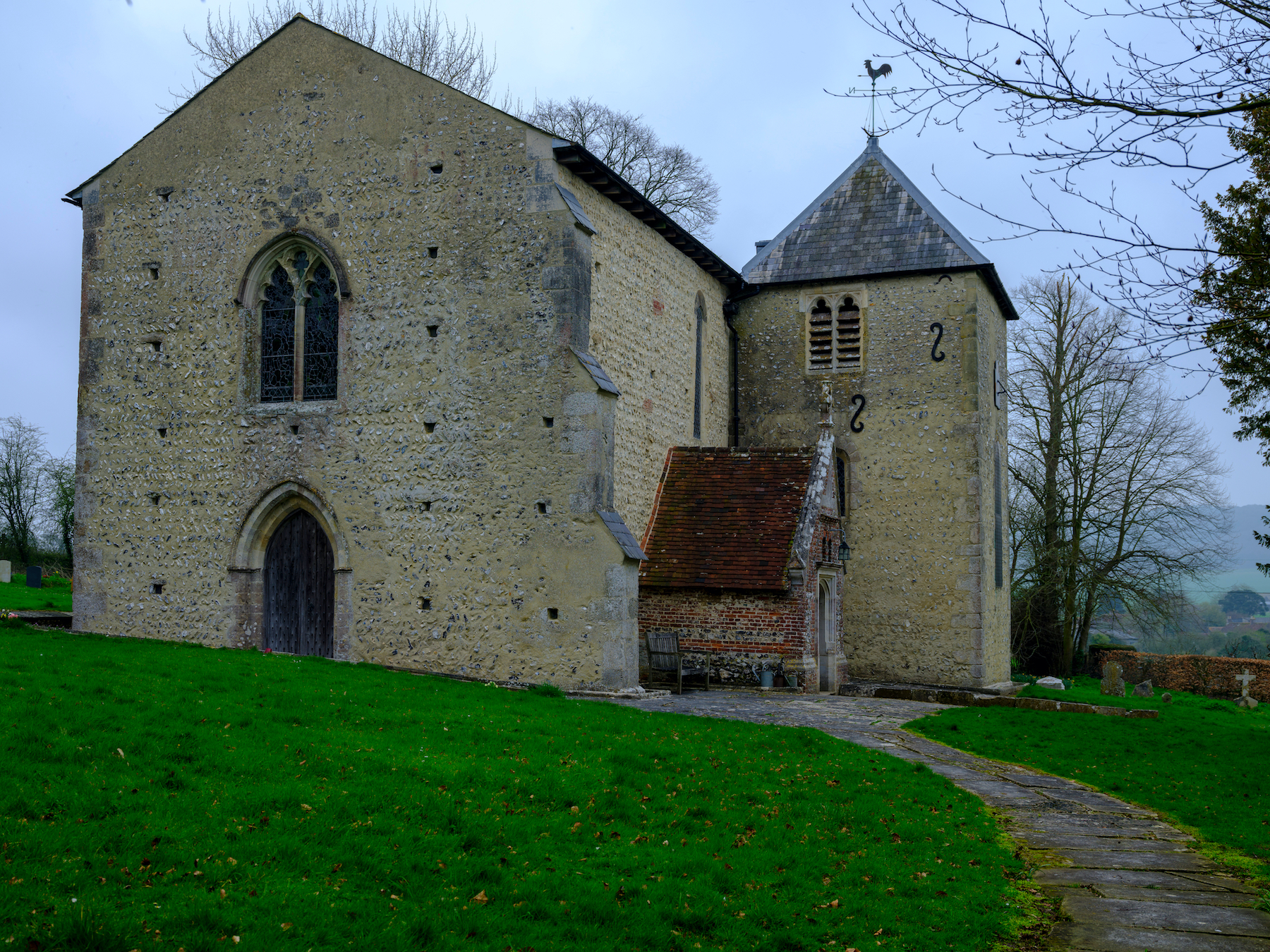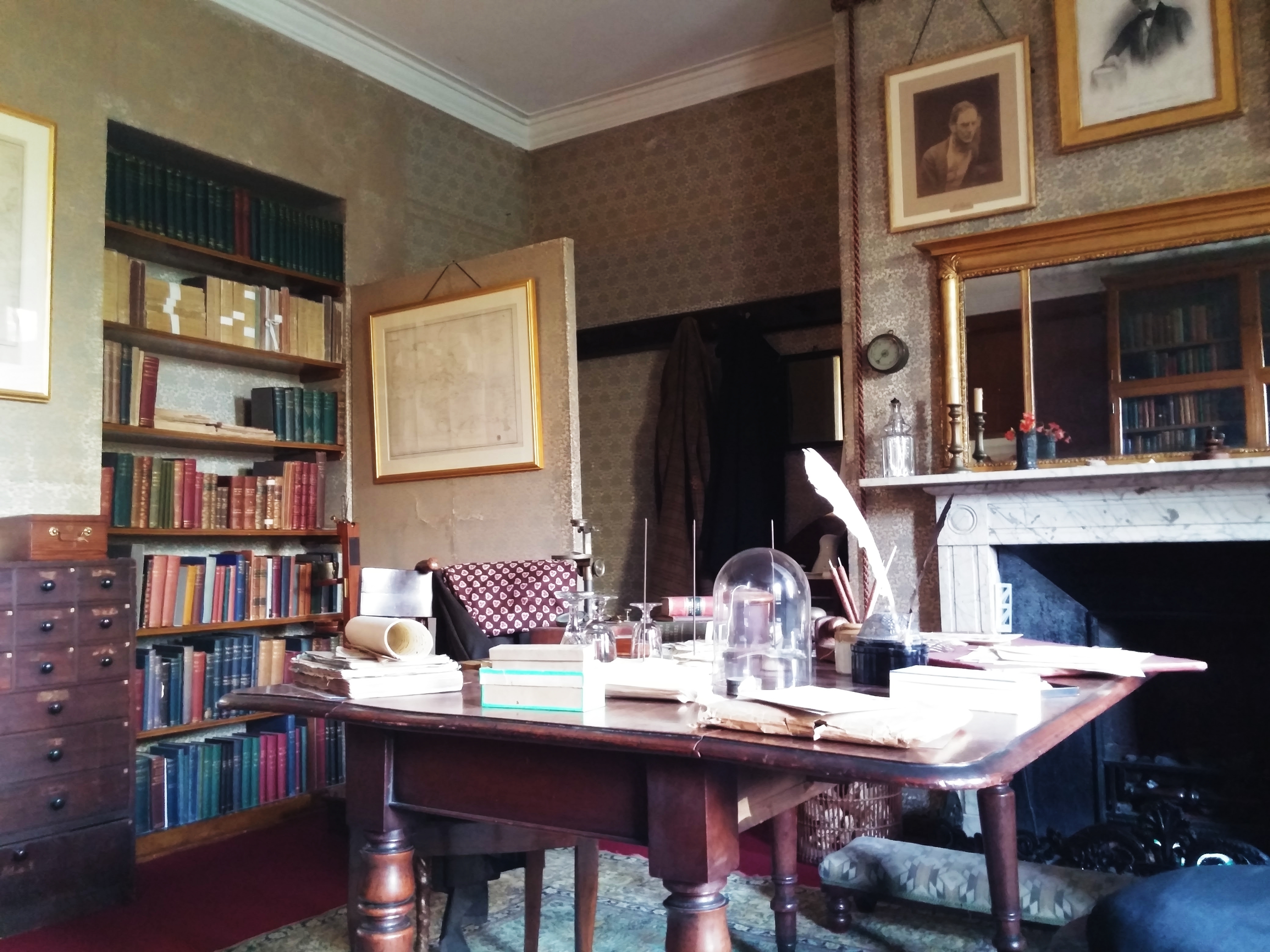Darwin was, of course, very famous for the Victorians. Yet, in the decades after his death, and particularly in the early 20th century, his reputation and the number of references to him begin to decline. There’s a big celebration, in fact, here at Christ’s College of the centennial of his birth in 1909. At that time, people talked about being at Darwin’s deathbed or Darwin somehow being irrelevant.
It was only in the late 1920s and 1930s that Darwin’s reputation begins to pick up. There are two reasons for this. One, the Victorians start to be revived and seen as significant figures. The other reason, however, is quite detailed. Darwin’s theory had undergone what many people called an eclipse in the life sciences, particularly in evolutionary biology. People thought that he had introduced a scientific way of thinking about evolution. Yet, they didn’t necessarily accept that natural selection was the right mechanism. Darwin became like Jean-Baptiste Lamarck and many authors of his time. He was simply seen as someone who helped put evolution on the map.
However, in the 1920s and 1930s, new work combined Mendelian genetics with a statistical view of populations of animals and other works in natural history and classification. All of these ideas were combined in a new view, which suggested that natural selection was, in fact, probably even more important than Darwin expected.


